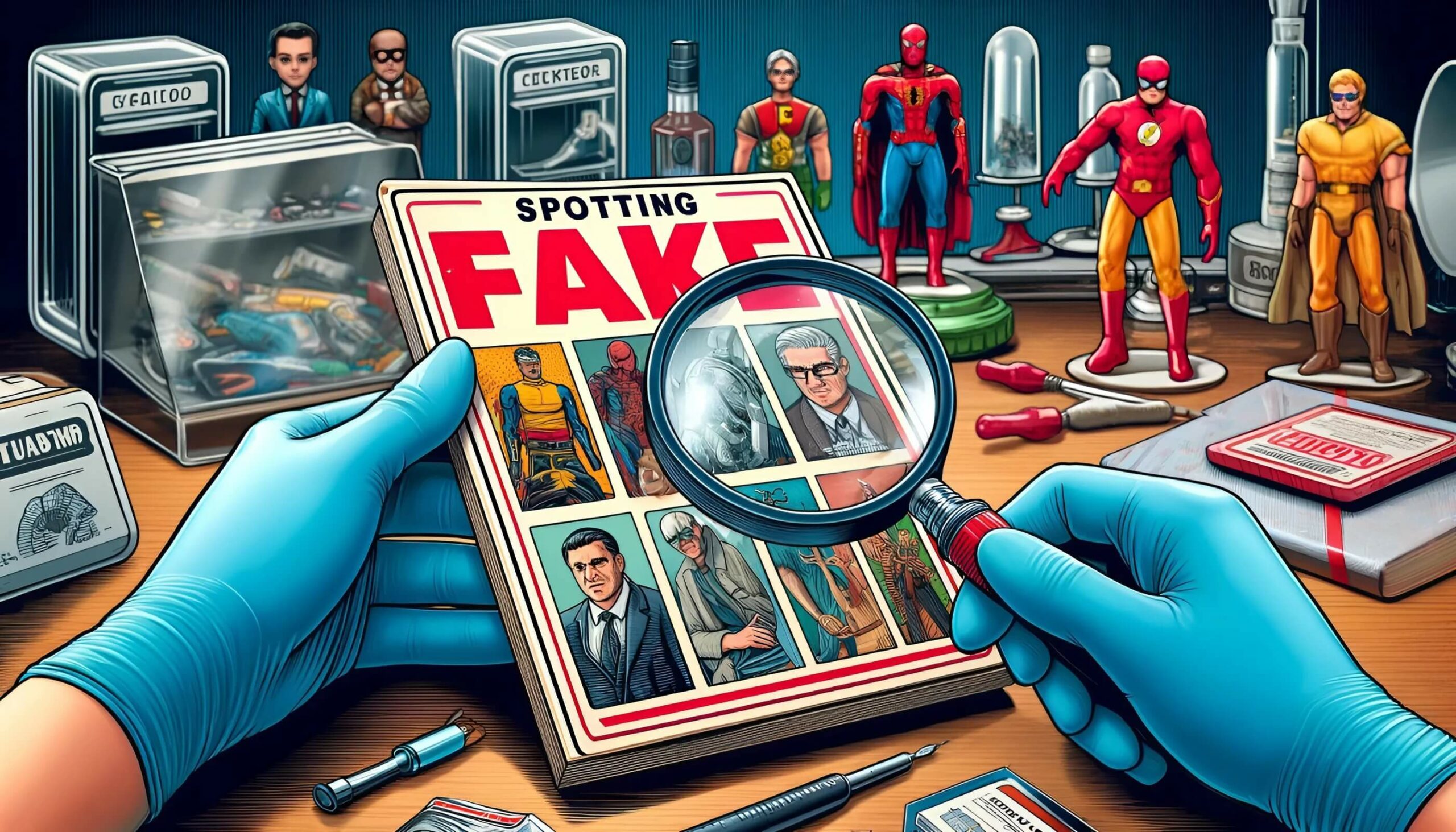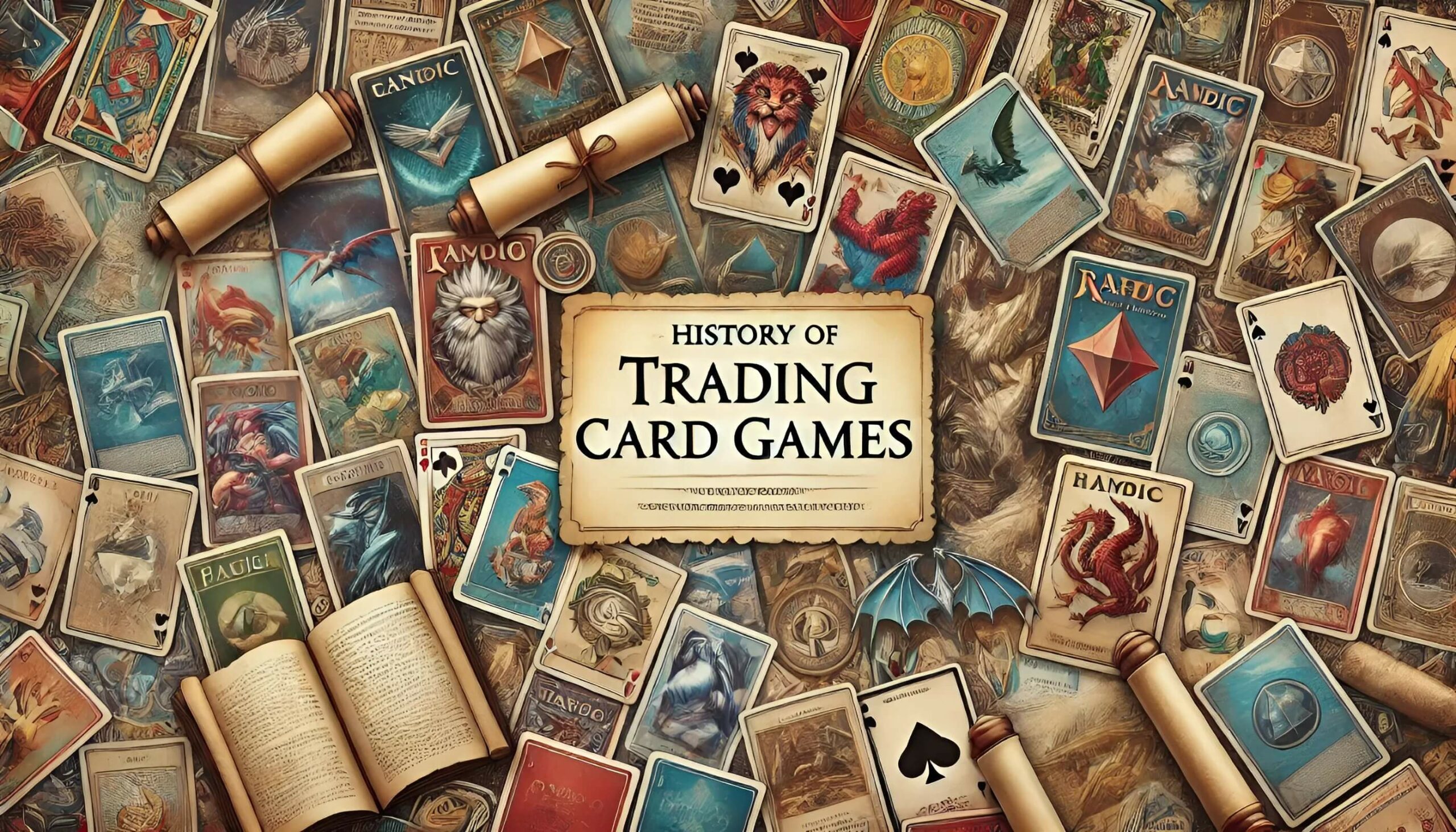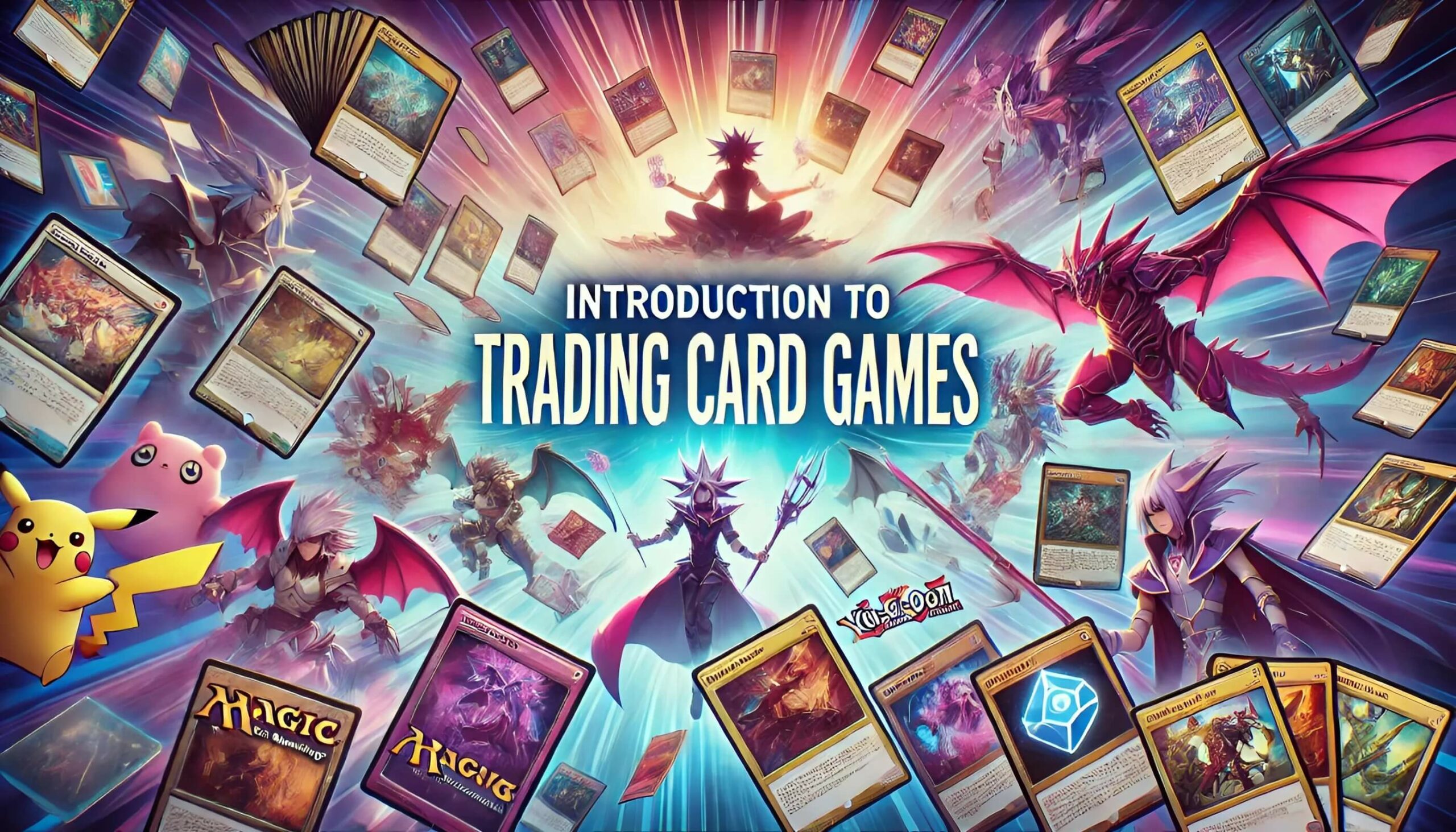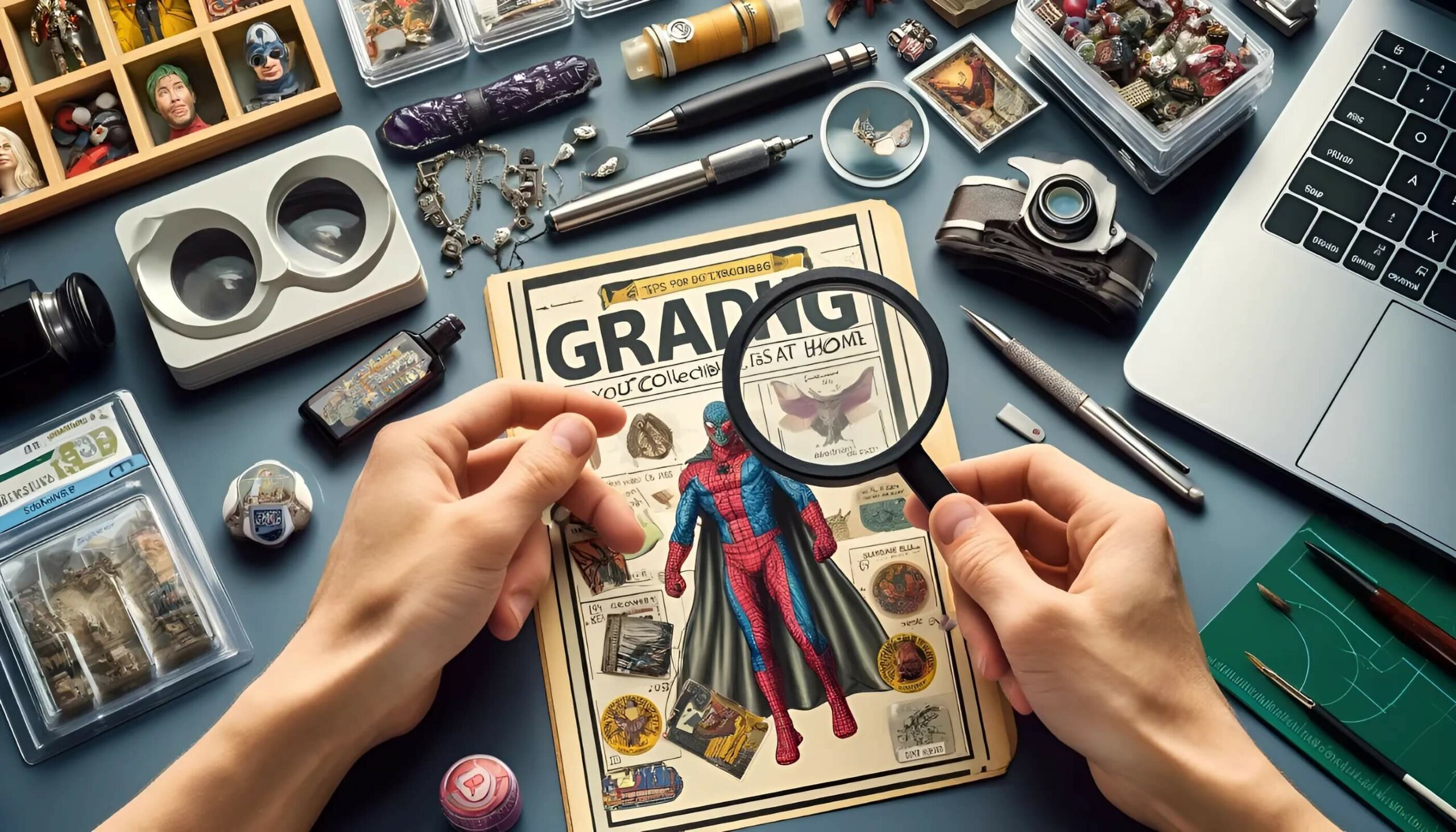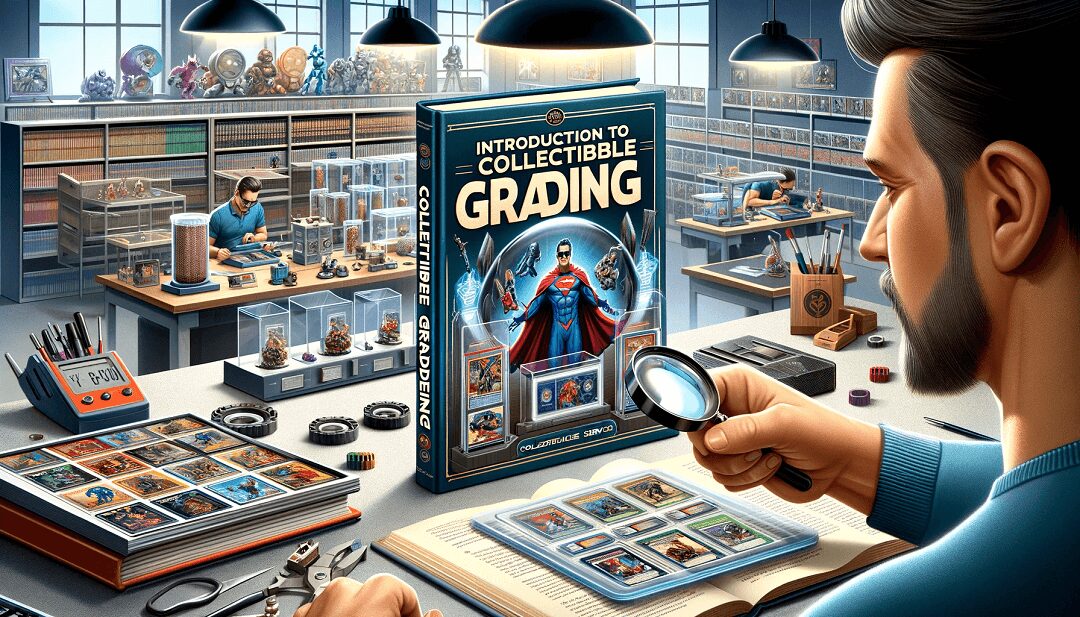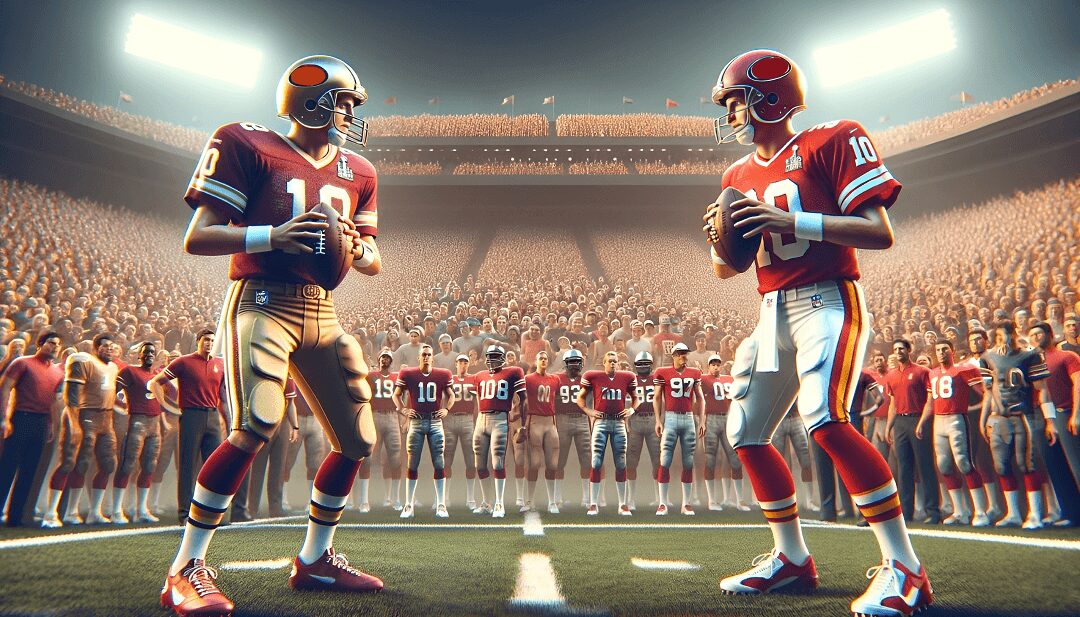Collecting is a fun hobby, but it can be tricky because of fake items. Counterfeit collectibles can look real, but there are ways to spot them. Here’s how you can identify fake collectibles and make sure your collection is genuine.
Check out our Podcast on Spotting Fake Collectibles and Identifying Counterfeits
- Do Your Research
Before buying any collectible, it’s important to research it thoroughly. Know what the real item looks like and what materials are used. Look up guides and reviews online. Books and trusted websites can help you learn what to look for. Knowing the history and details of the collectible you are interested in will help you spot inconsistencies. Learn more about the grading process and how to value your collectibles here. - Check the Packaging
Fake items often have poor-quality packaging. Look for spelling mistakes, blurry images, or incorrect logos. Real collectibles usually have high-quality, well-printed packaging. Pay attention to the color and texture of the packaging materials. If you’re buying action figures, Acrylic Display Cases can help you compare and protect them. - Examine the Details
Small details can reveal a lot. Check the paint job, stitching, and overall quality. Fake items often have sloppy paint, uneven stitching, or cheap materials. Use a magnifying glass to look closely at the details. For instance, with trading cards, look for clear printing, sharp edges, and consistent coloring. Magnifying Glass - Know the Seller
Buy from reputable sellers or websites. Check their reviews and ratings. If a deal seems too good to be true, it probably is. Be wary of new sellers with little to no feedback. For example, eBay and Amazon have seller ratings that can give you an idea of their reliability. Protect your purchases with BCW Comic Book Bags and Boards for comics or Ultra Pro Trading Card Sleeves for trading cards. - Compare with Known Originals
If you have an authentic item, compare it with the one you suspect might be fake. Look for differences in size, color, and weight. Authentic items are usually consistent, while fakes can have variations. Check online for high-quality images of the original items to compare with your potential purchase. For more tips on DIY grading and identifying authentic collectibles, visit this guide. - Look for Certificates of Authenticity
Some collectibles come with certificates of authenticity (COA). These certificates should have the official logo and be printed on high-quality paper. Be cautious, as some fakes also come with fake certificates. Check the certificate against examples from the official source. Research what a legitimate COA should look like for the specific collectible. - Use Technology
There are also apps and online resources that can help you verify collectibles. Some companies have databases where you can check serial numbers or unique codes. For example, certain comic book grading services have online databases where you can verify graded comics. Look for holograms, QR codes, or other tech features that might be included in genuine items. - Get a Professional Opinion
If you’re still unsure about an item, get a professional opinion. Professional graders and authenticators have the experience and tools to spot fakes. They can provide a detailed analysis and even a certificate if the item is real. Consider using a service like CGC for comics or PSA for trading cards. You can find grading tools and protective cases like Card Saver I to keep your cards safe. - Understand Market Prices
Knowing the market value of the collectible can help you spot fakes. If a price is significantly lower than the average market price, it might be too good to be true. Check completed sales on platforms like eBay to get an idea of what similar items are selling for. This knowledge can help you avoid deals that seem too good to be true. - Be Wary of Unusual Payment Methods
Scammers often request unusual payment methods that can’t be traced or reversed. Stick to secure payment methods like credit cards or PayPal, which offer buyer protection. Avoid wire transfers or gift cards, as these are commonly requested by scammers.
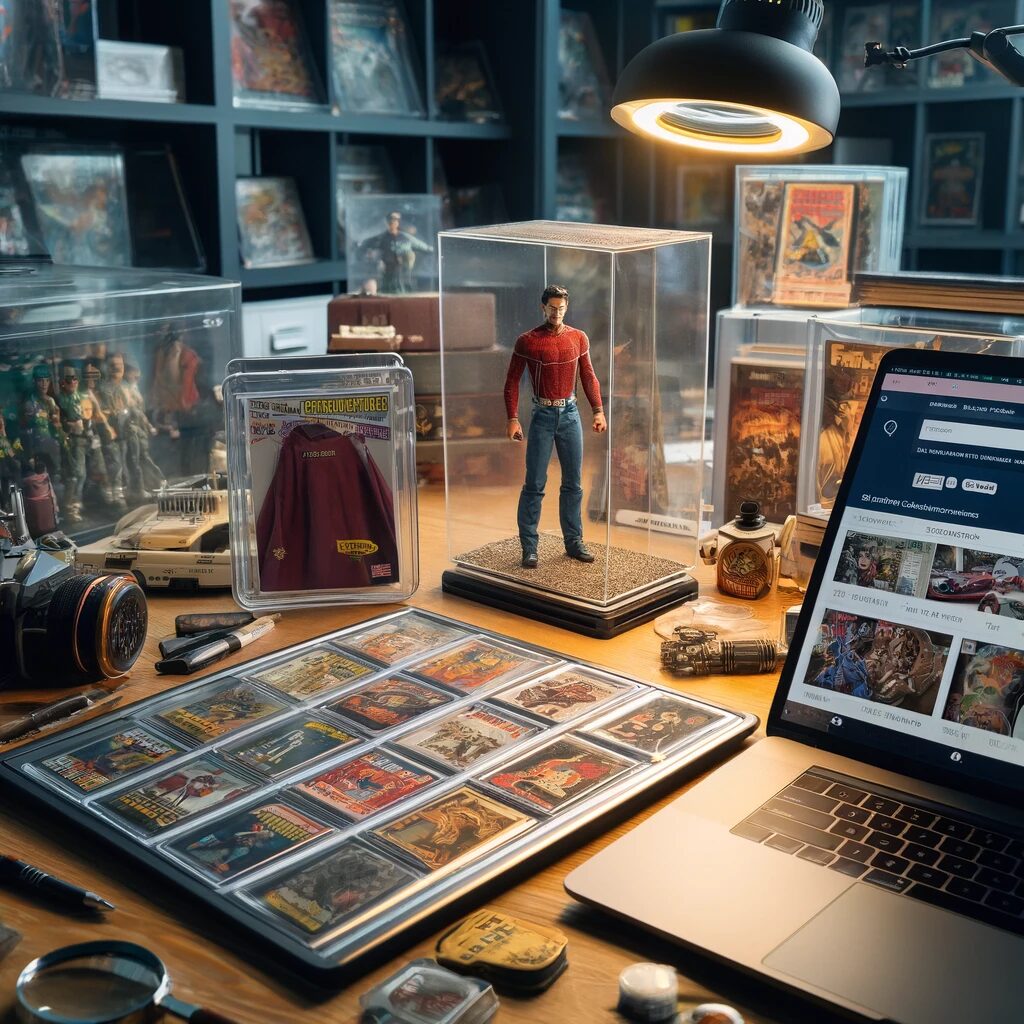
Conclusion
Spotting fake collectibles can be challenging, but with careful research and attention to detail, you can protect your collection. Use the tips above to help identify counterfeit items and ensure your collection remains genuine. Remember, buying from reputable sources and knowing what to look for are your best defenses against fakes. By following these steps, you can enjoy collecting with confidence and ensure that your items are authentic and valuable.
